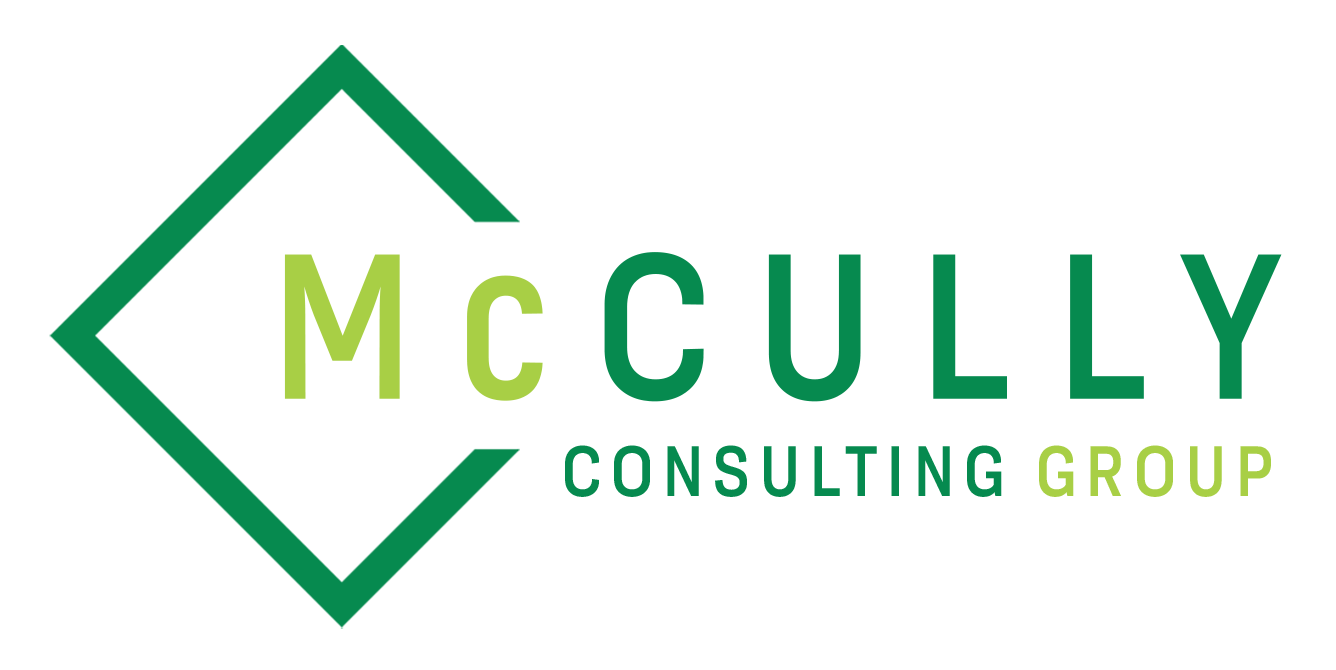Forecasting cash flow involves projecting income and expenses over a specific period, allowing you to plan for slow seasons or unexpected costs. Businesses that actively monitor and forecast their cash flow are better positioned to adapt to challenges and seize growth opportunities.
Cutting Costs to Free Up Cash
A practical way to improve cash flow is to identify and cut unnecessary expenses. A thorough review of your business’s spending can reveal areas where costs can be reduced without compromising quality or operations.
Canceling unused subscriptions, renegotiating vendor contracts, or adopting more efficient processes can significantly save time. Small changes can add up, like reducing energy consumption or switching to a more affordable software solution.
Cost-cutting doesn’t mean sacrificing quality. Instead, it means identifying inefficiencies and redirecting funds to more critical areas of your business.
Building a Cash Reserve for Stability
A cash reserveiss a financial safety net, helping your business weather lean periods and unexpected challenges. It ensures you can meet obligations like payroll or rent even when income fluctuates.
Start by setting aside a small percentage of your monthly revenue and gradually increasing the amount over time. A well-maintained reserve provides peace of mind and positions your business to take advantage of unexpected opportunities, such as purchasing discounted inventory or investing in a growth initiative.
Considering Leasing for Large Expenses
Significant expenses like equipment purchases can strain cash flow, especially for small businesses with limited capital. Leasing offers an alternative by spreading costs over time, reducing immediate financial pressure.
While leasing may sometimes be more expensive in the long run, the short-term benefit of improved cash flow often outweighs the cost. For businesses prioritizing liquidity, leasing can effectively acquire essential resources without depleting cash reserves.
Evaluating Pricing Strategies
Another way to support cash flow is regularly reviewing and adjusting pricing strategies. Ensure your prices reflect your business’s value and account for rising costs. Small, well-timed price increases can significantly impact your bottom line without alienating customers.
Diversifying revenue streams also helps protect against cash flow disruptions. Relying on a single product, service, or customer base can leave your business vulnerable to seasonal fluctuations or market changes. Expanding into new markets, introducing complementary products, or offering subscription services can create additional revenue streams that stabilize cash flow.
Avoiding Common Cash Flow Mistakes
Mismanagement of cash flow often stems from common mistakes that can be avoided with proactive planning. Over-reliance on credit, for example, can lead to financial strain if debt levels become unsustainable.
Another pitfall is ignoring cash flow statements. Regularly reviewing these statements allows you to spot trends, identify issues, and make timely adjustments. Underestimating expenses or failing to account for hidden costs can also erode cash flow, emphasizing the importance of accurate budgeting.
By understanding and addressing these common mistakes, you can create a more stable financial foundation for your business.
Striking the Right Balance
Effective cash flow management is not about eliminating all expenses or cutting corners—it’s about finding balance. Healthy cash flow supports your business’s operational needs while allowing room for growth and innovation.
Combining strategies such as prioritizing receivables, optimizing payables, and leveraging forecasting tools can improve your business’s financial health and reduce the stress of managing cash flow. Building a cash reserve, considering alternative financing options, and regularly evaluating pricing strategies further enhance your ability to adapt to changing circumstances.
Cash flow management is an ongoing process that requires regular review and adjustment. You can position your business for long-term success and resilience in an ever-changing market by staying proactive and responsive.
Understanding and mastering cash flow management empowers you to make smarter decisions, seize opportunities, and ensure the financial stability of your business, no matter what challenges arise.
